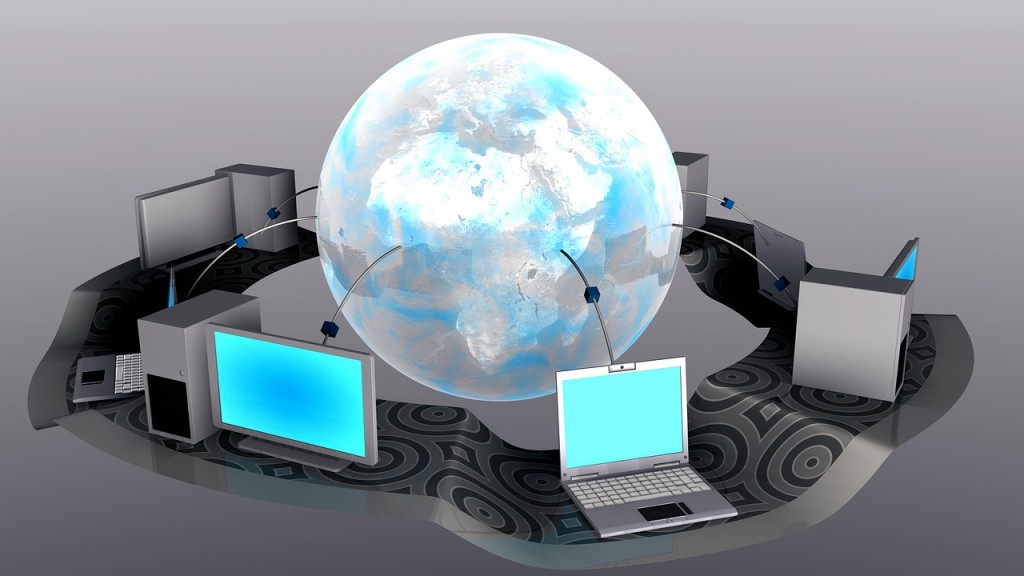Main Body
Storytelling Goes Digital
Click play on the following audio player to listen along as you read this section.

“The truth about stories is that’s all we are,” writes Thomas King. We are the stories we tell about ourselves and the stories others tell about us. In this way, we need to share stories as much as we need to breathe air. Through stories, we learn. We celebrate. We remember. We pass down knowledge. We heal. We honour. We grow as individuals. We connect with others and we grow as communities. In short, we are alive through our stories.
Before there were books, radio, television, or movies, ordinary people entertained one another by telling stories. Their stories were recited, acted out, sung, and written down. Inventions like the printing press and television airwaves have now made it possible to share stories with a large number of people in faraway places. At the same time, storytelling has become the role of professionals, including authors, journalists, and filmmakers. Large companies have the power to decide whose stories will be shared widely. Some voices tend to be left out. Stories from the point of view of women, working class people, people of colour, queer and trans people, and people with disabilities are not always given equal space.

With the invention of the personal computer, a new kind of storytelling has appeared. It’s called digital storytelling. A digital story is a short film made by an ordinary person, rather than a professional storyteller. It combines images, sound, and text to tell a story about a part of that person’s life. This form of do-it-yourself media invites us all to take back our role as storytellers. Everyone’s voice matters. We all have something to say. Anyone with an online computer can make a digital story and share it with the world. This change has made it possible for people who have been silenced to speak out and be heard.
This book will introduce you to many moving digital stories created by ordinary people. It will also guide you through the process of making your own digital story. It is based on the work of the Center for Digital Storytelling in Berkeley, California. This organization is one of the pioneers of digital storytelling. For over 20 years, the Center has been running workshops that teach people around the world to express themselves using this art form. You can learn more about the Center for Digital Storytelling at www.storycenter.org.
Digital Story Spotlight
All the Truly Important Things is a digital story by Eric Zheng. It was created as part of the Banyan Tree Project, a campaign to end HIV stigma in Asian and Pacific Islander communities. HIV is a virus that makes it hard for your body to fight other infections. There is a lot of stigma, or negative and unfair beliefs, around HIV. This stigma makes it harder to live with and fight against this illness. Many people are afraid to talk about HIV, get tested for it, or get treated for the disease. As a result, HIV continues to spread. The Banyan Tree Project organized a digital storytelling project to help Asian and Pacific Islanders living with HIV share how they have been affected by this disease. These digital stories break the silence around HIV and, in doing so, they are helping to fight shame and judgment.
As you watch All the Truly Important Things, think about these questions:
- How do you think the process of making a digital story may have helped Eric?
- How might Eric’s digital story help others living with HIV?
- How might Eric’s digital story help people who do not have HIV?
Media Attributions
- Storybook © bennimax is licensed under a Public Domain license
- Digital Story © gr8effect is licensed under a Public Domain license
To show respect for someone or something
Normal or usual
To say something out loud for an audience
Something that is created by people
Someone who has a lot of experience using a skill for their job
A way of seeing and understanding the world
To cause two or more things to be together
The part or job someone has in a family, community, or group
Connected to the Internet
An extremely small living thing that can spread from one animal to another and can cause illness

